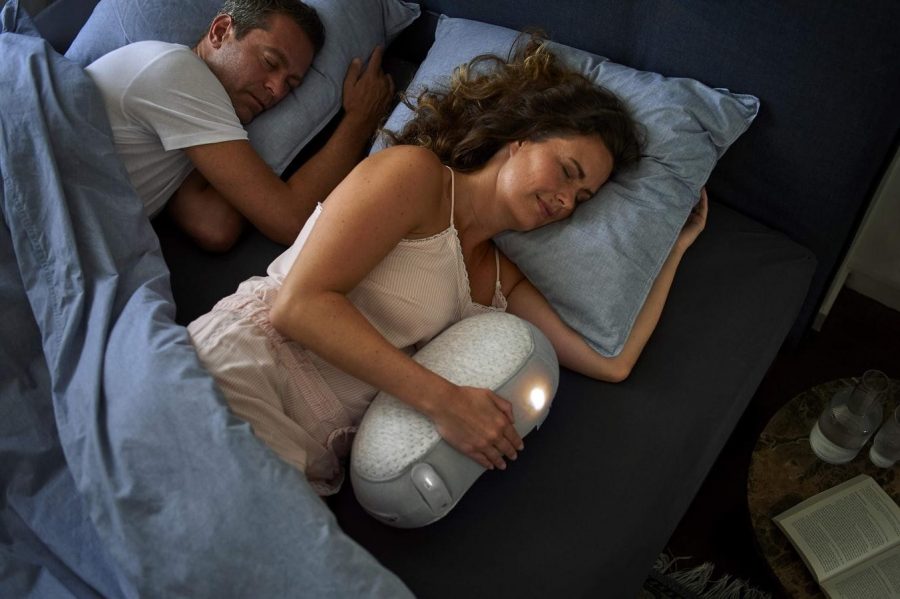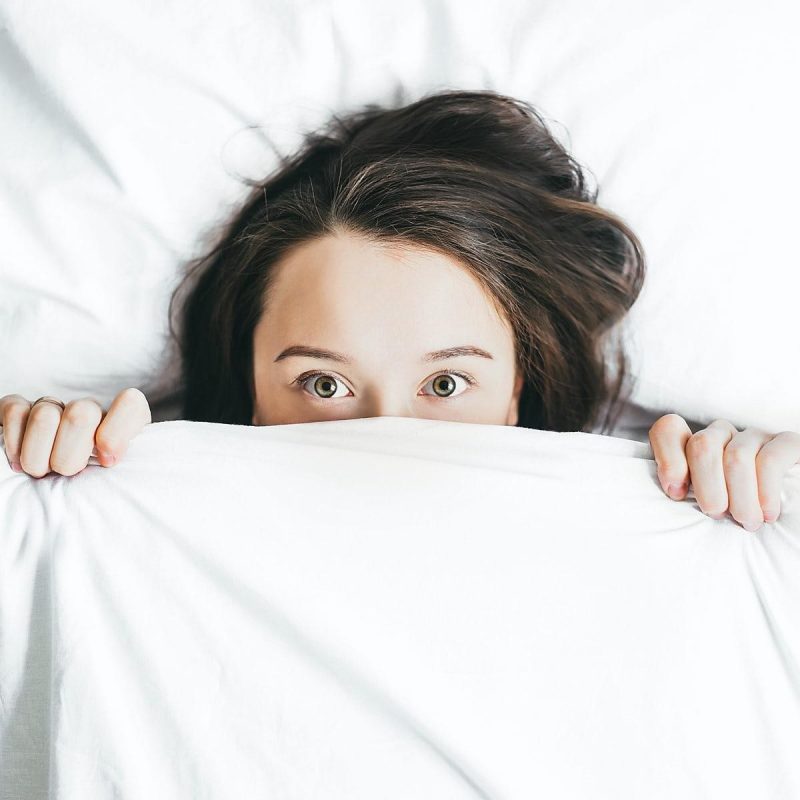
Sleep apnea is a serious sleep disorder that affects an estimated 22 million Americans. Sleep apnea is when a person’s breathing is interrupted during sleep. This is bad news because it means the brain and the rest of the body may not be getting enough oxygen. Handling sleep apnea can be overwhelming with things like cleaning your CPA equipment.
If you’re struggling with sleep apnea, here are useful tips.

Not all cases of sleep apnea are severe enough to require the use of a machine or surgery. If your sleep apnea is only mild try sleeping on your side. Sleeping on your side with your back mostly straight, also known as the “log” position, can help cut down on sleep apnea. Sleeping on your side opens up your airways. There’s the added benefit of reduced neck and back pain since your spine stays aligned.
While you can switch sides because sleeping on either of your sides is good for you, sleeping on your left side is thought to have the most benefits to your overall health. In that position, your organs are freer to get rid of toxins while you sleep.
Here’s how to do it right:

According to specialists sleep apnea is linked to insomnia. Insomnia is another sleeping disorder in which one has trouble falling asleep or staying asleep. You may combat sleep apnea by trying insomnia treatment techniques like:
The most common type of sleep apnea is Obstructive sleep apnea (OSA). This type of sleep apnea causes pauses in your breathing, often because your throat or airways briefly collapse or something temporarily blocks them. Doctors often prescribe a continuous positive airway pressure (CPAP) machine. It sends a steady flow of oxygen into your nose and mouth as you sleep that keeps your airways open and helps you breathe normally.
The CPAP machine needs to be cleaned regularly. Here are the steps of cleaning cpap machines:
Note that you must use mild, non-perfumed soap to wash your CPAP machine. Also, use only distilled water to prevent mineral deposits that can build up and cause damage to your machine.
If you have sleep apnea, you’re at risk of becoming dehydrated at night. Research conducted explains that this is because your body loses fluid when you open your mouth to breathe, thus accelerating the dehydration process.
Further studies show that sleeping six hours at night is associated with a higher risk of dehydration. A hormone called vasopressin, which makes sure our bodies don’t lose too much water while we sleep, is released in increasing amounts in the later stage of the sleep cycle, a stage you don’t get to when you have sleep apnea.
Make sure to drink copious amounts of water throughout the day.
With the right techniques and medical help, there’s no reason why sleep apnea should affect your sleep any longer.
![]()